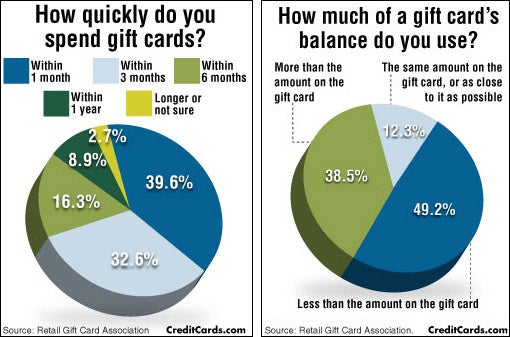Personalized glass honors evoke a steady spirit of commitment and quality. They promote a society of recognition that goes beyond hierarchical boundaries.
Wheel inscription is shown on a cup likely made in the 1700s covered with detailed Chinese-style themes. These motifs announced loyalty to the Jacobite cause. This is a remarkable instance of just how imported Oriental items influenced European layout trends.
Beginnings
As glassmaking became a lot more sophisticated, engravers knew that a design contributed to an item of glass transformed it from useful into preferable. They experimented with a range of damaging, abrading and cutting methods.
The most competent engravers produced fine thorough work. Anna Roemers Visscher, who was a glass cutter and engraver, was renowned for her fragile flowers, influenced by the nature books prominent in her time.
Engravers additionally carved fine linework right into glass. By the end of the 17th century, engravers had begun to desert straight clarity in favour of crosshatched chiaroscuro impacts. Among the earliest examples is taped on a container by a Rotterdam engraver that authorized his collaborate with a scribbled flexibility and vigour that raised it over the rest.
Inscribing continued to be a popular technique, although it was significantly eclipsed by cut glass and brand-new strategies such as etching, which was less costly than inscribing. Nonetheless, economic pressures after c1905, along with decreasing high quality of cut glass, saw a rise in the appeal of personalized glass, called rock crystal.
Techniques
Glassmakers utilized a selection of strategies to mark or decorate the surface of a vessel, commonly combining different methods. One method called stipple inscription, as an example, uses a point of tungsten or diamond to make small dots on the glass surface area which develop contrasting white lines when light shines through them.
Engraved glass awards are treasured for their style and eminence. They mirror the deep esteem and regard that business hold for their workers and promote a society of quality.
The clarity of glass personifies the transparency and honesty of corporate recognition, motivating recipients to take stock of their accomplishments and assess their trip in the engraved inspiration for decor company. In addition, the capacity of personalized glass to present personalized text and imagery allows for the creation of highly unique and meaningful awards that evoke the sense of majesty associated with this remarkable material.
Styles
From the smooth lines of business awards to the engraved message on glass trophies, etched crystal is a stylish sign of recognition. Whether displayed on someone's desk or kept as a keepsake, these personalized pieces share a sense of prestige and expertise that is difficult to discover in other materials.
The style of engraved glass has actually transformed with time to mirror transforming preferences and technical developments. The ancient method of copper-wheel engraving has opposed forecasts of obsolescence, and brand-new methods like etching are taking over where stippling once held sway.
The earliest diamond-point engraving, of the 16th century, is tight and official. It slowly ended up being much more supple and pleasing, yet can quickly degenerate into over-elaboration. In the 19th century Thomas Webb & Sons presented "rock crystal" with deep cutting and copper-wheel inscription, which mimicked high-end vessels cut of rock crystal in Europe and the Orient (see Ewer by Webb & Sons). The firm's major engravers were Bohemian immigrants Frederick Engelbert Kny and William Fritsche, that authorized their deal with a monogram G.
Definition
Personalized glass was costly and sought after. This was due to the fact that it entailed the most demanding glass refining technique and relied on the accuracy and initiative of a proficient artisan. The acme of etching came in the 17th century and was significantly a part of the Baroque and Rococo durations.
During this time, personalized goblets could be used to connect messages of social condition. They would certainly present family crests and political allegiances. They could additionally display one's preference for the most recent style and style patterns.
Today, personalized glass is still an essential art type. Nevertheless, advancements in technology and laser modern technology have streamlined the procedure and made it a lot more accurate. The resulting intricate styles are both spectacular and sturdy. Furthermore, new sorts of glass have actually been developed to respond far better to lasers. This has increased the possibilities for musicians and designers. It additionally lessens the environmental influence of the process. As an example, optical crystal is an outstanding selection for engraved honors due to the fact that it is clear and reflects light well.
